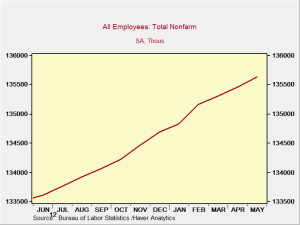Yesterday, we talked about the big picture and why the longer-term outlook for the U.S. is actually quite bright. I mentioned in passing that there are some shorter-term risks between here and there, and I wanted to spend some time today catching up on those.
The big one in the papers today is China. As you know, I’ve been very concerned about China for a long time. Most recently, I wrote about the decline in wage competitiveness and about some of the risks to the financial system, discussing in both posts the increasingly tense regional security environment in Asia.









